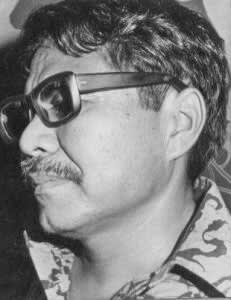In the 1930s, Zaini spent his formative years under leading figures such as Wakidi, S. Sudjojono and Basoeki Abdullah. He later moved to Yogyakarta and joined the sanggar (studio), Pelukis Rakyat (People’s Painter) founded by Affandi and Hendra Gunawan. The group espoused the idea of art for the people, which strongly influenced Zaini’s expressionist paintings made in the 1950s to 1970s.
Despite the dominance of social realism during the early years of Indonesia’s independence, Zaini resisted against the prevailing conventions. Instead, he developed a unique style that focused on the relationship between colours, and imbued his landscapes with personal and cultural significance. Boats, mountains, and bodies of water are recurring motifs that allude to essential elements of Indonesian heritage and philosophy.
Despite the dominance of social realism during the early years of Indonesia’s independence, Zaini resisted against the prevailing conventions. Instead, he developed a unique style that focused on the relationship between colours, and imbued his landscapes with personal and cultural significance. Boats, mountains, and bodies of water are recurring motifs that allude to essential elements of Indonesian heritage and philosophy.
